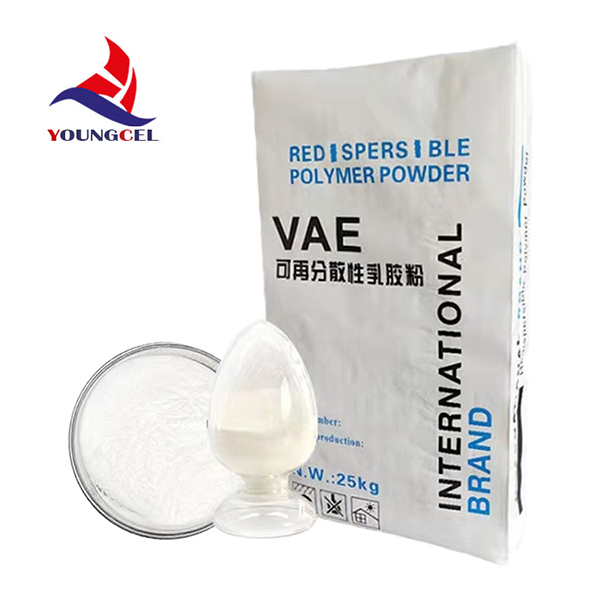The Importance of Cellulose for Industrial Applications
Cellulose, a naturally occurring polymer, is the primary component of plant cell walls and is the most abundant organic polymer on Earth. Its unique properties, such as biodegradability, non-toxicity, and renewability, make it an invaluable resource in various industrial applications. As industries increasingly seek sustainable materials to reduce environmental impact, cellulose has gained significant attention.
Production and Sources of Cellulose
Cellulose is primarily derived from wood, cotton, hemp, and agricultural residues such as straw and sugarcane bagasse. The process of extraction typically involves the use of chemicals or mechanical methods to separate cellulose fibers from lignin and hemicellulose. This results in a pure form of cellulose that can be processed further for diverse applications.
The production of cellulose can be enhanced by sustainable forestry practices and agricultural techniques that ensure a steady supply of raw materials without depleting natural resources. Advanced biotechnological methods are also being explored to produce cellulose from non-traditional sources, including microorganisms and genetically modified plants, thereby expanding its availability for industrial use.
Applications of Cellulose in Various Industries
1. Textiles Cellulose is fundamental in the textile industry, where it is transformed into fibers such as viscose and modal. These fibers are known for their softness, breathability, and ability to absorb moisture, making them popular in clothing and home textiles. The move towards sustainable fashion has further accelerated the demand for cellulose-based textiles, as they are biodegradable and have a lower environmental footprint compared to synthetic fibers.
2. Paper and Packaging The paper industry has traditionally relied on cellulose for manufacturing various types of paper products. Cellulose fibers provide strength and durability, making them ideal for packaging materials. With an increasing focus on reducing plastic use, cellulose-based alternatives are gaining traction. Biodegradable films and compostable packaging made from cellulose are being developed to meet the growing consumer demand for environmentally friendly products.
'cellulose for industrial'

3. Food Industry In the food sector, cellulose acts as a thickening agent, stabilizer, and emulsifier. It is commonly found in processed foods, where it improves texture and extends shelf life. Additionally, cellulose derived from plant sources serves as a source of dietary fiber, contributing to better health outcomes. Its role in enhancing food quality while being a natural, non-caloric ingredient makes it a popular choice among manufacturers.
4. Pharmaceuticals Cellulose is employed in the pharmaceutical industry as an excipient in drug formulations. Its properties allow for controlled drug release and improved bioavailability. Cellulose derivatives, such as microcrystalline cellulose, are commonly used as binders, fillers, and disintegrants in tablet production. The versatility of cellulose in medicine demonstrates its significance beyond traditional uses.
5. Construction Materials Another emerging use of cellulose is in the construction industry, where it is used in insulation materials and bio-composites. Cellulose insulation offers excellent thermal properties and energy efficiency, helping to reduce energy consumption in buildings. Its application in bio-composites, which combine cellulose with other materials, showcases its potential to replace synthetic materials in construction.
Environmental Benefits
The use of cellulose in industrial applications presents a myriad of environmental advantages. Being derived from renewable resources, it helps in reducing reliance on fossil fuels. Furthermore, cellulose products are biodegradable, which means they decompose naturally, minimizing waste in landfills. The carbon footprint associated with the production and disposal of cellulose-based products is comparatively lower than that of synthetic alternatives.
Moreover, the cultivation of cellulose-rich plants aids in carbon sequestration, contributing positively to climate change mitigation. Industries adopting cellulose as a core material can align their production processes with sustainability goals, enhancing their corporate social responsibility profiles.
Conclusion
As industries pursue greener alternatives, cellulose offers a promising solution to meet both economic and environmental goals. Its versatility across various sectors—from textiles and food to pharmaceuticals and construction—highlights its importance in modern manufacturing. By prioritizing the use of cellulose, industries can dramatically reduce their ecological impact while promoting sustainable development. The future of cellulose in industrial applications looks bright, paving the way for innovative products and environmentally friendly practices.
-
A Comprehensive Guide to Methyl Ethyl Hydroxyethyl Cellulose: Applications and Industry InsightsNewsNov.24,2025
-
Understanding Methyl 2 Hydroxyethyl Cellulose: Uses, Benefits & Industry InsightsNewsNov.24,2025
-
Hydroxyethyl Methyl Cellulose HEMC: Industrial Uses, Benefits & Future TrendsNewsNov.23,2025
-
HEMC Cellulose: Versatile & Sustainable Industrial Polymer | YoungcelNewsNov.23,2025
-
Methyl Hydroxyethyl Cellulose: Versatile Building Block for Industry & SustainabilityNewsNov.23,2025
-
CAS 9032 42 2: Understanding Polyvinyl Alcohol's Impact on Industry & SustainabilityNewsNov.22,2025




